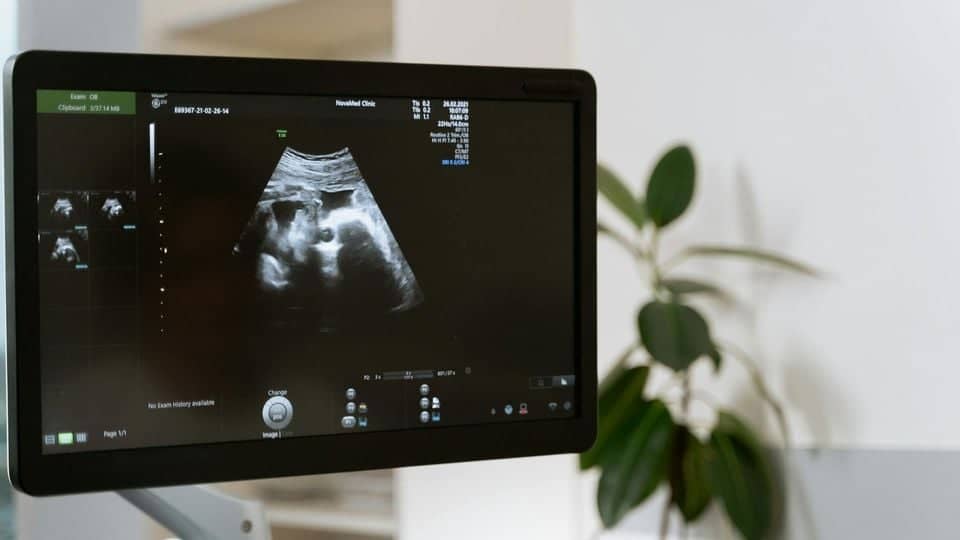Spinal muscular atrophy (SMA) is a genetic disorder that severely affects motor neurons. Recent advancements have led to a groundbreaking treatment for SMA while the child is still in the womb. This innovative approach marks important milestone in medical history, as it is the first successful in-utero treatment for this debilitating condition.
About Spinal Muscular Atrophy (SMA)
Types of Spinal Muscular Atrophy
There are five main subtypes of SMA, classified by age of onset and severity
Innovative Treatment Approach
The recent case involved a mother who took the oral drug risdiplam during the late stages of her pregnancy. Risdiplam is typically administered after birth but was given in utero based on the parents’ previous experience with SMA. The mother took the drug daily for six weeks starting at 32 weeks of pregnancy. After birth, the child continued treatment with risdiplam. Remarkably, the child showed higher levels of the SMN protein and demonstrated normal muscle development. This was finding, as children born with SMA usually exhibit muscle atrophy.
Implications for Future Research
The success of this treatment has opened avenues for larger clinical trials. Researchers aim to determine if these results can be replicated in a broader population. This breakthrough could change the landscape of SMA treatment, allowing for earlier intervention and improved outcomes for affected infants.
Prevalence and Demographics
SMA is the second most common severe hereditary disease in infancy, after cystic fibrosis. It affects between 1 in 6,000 to 1 in 11,000 live births. The condition is more prevalent among white and Asian populations compared to Black and Hispanic populations.

Leave a Reply